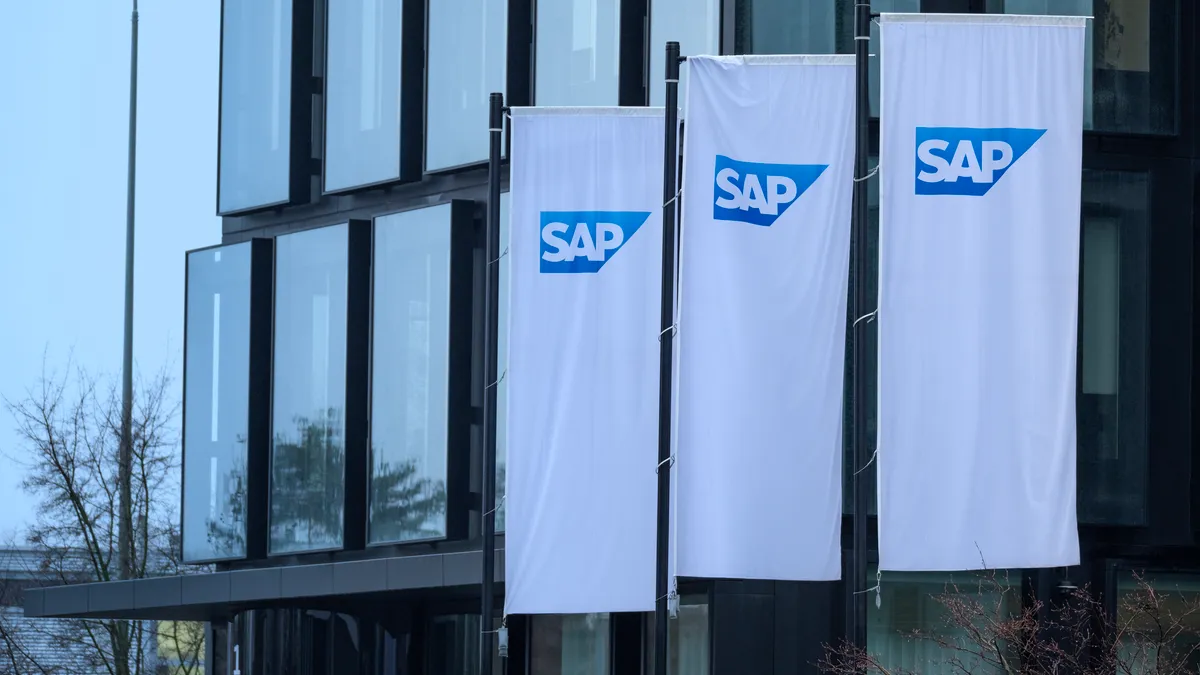Dive Brief:
- Only 57% of enterprises using SAP’s on-prem ERP Central Component solutions are on track to fully migrate to the vendor’s cloud-based S/4HANA system before mainstream maintenance support sunsets in 2027, according to research by Basis Technologies CTO David Lees.
- More than half of customers running ECC and S/4HANA solutions risk missing the 2027 support termination deadline and one-third are approaching a 2025 support cliff, the analysis found. The adoption trend model produced by Lees cross-referenced SAP, Gartner and Basis customer data with deadlines, resources and support policies.
- While SAP doesn’t publicly share customer data, the company confirmed via email that it has incentives and migration programs in place for existing customers in addition to direct support from SAP experts.
Dive Insight:
SAP is banking on moving its business to the cloud.
The ERP giant stepped up efforts to speed adoption of its service-based enterprise solutions earlier this year with a multibillion-dollar internal transformation, which encompassed significant investments in AI capabilities and the addition of a board-level cloud taskforce led by former CIO Thomas Saueressig.
Despite tying technical and financial migration incentives to the RISE and GROW with SAP programs, customers have been slow to initiate what is often a long, taxing process.
“The stark reality is that nearly three-quarters of SAP customers are yet to start or complete their migration across to S/4HANA,” Lees said.
Not all ERP migrations are equally arduous. Smaller companies can complete the process in as few as 12 months with a staff of roughly 10, said Lees, who finished an 11-year tenure at Procter & Gamble leading the consumer goods multinational’s SAP transformation in 2018, prior to joining Basis.
Customers who don’t yet have a plan are caught between looming deadlines and an often difficult business decision involving modernization investments and acclimating to a SaaS-based billing model.
“That business case is only going to get worse, because the cost of doing this is only going to increase,” Lees said. “If you've still got more than 23,000 companies that need to do an S4 transformation in the next five to seven years, it’s going to mean more scarcity and competition for technical resources.”
As migrations accelerate, Lees anticipates the enterprise backlog to trigger a tech talent crunch that will peak in 2027. “The resource requirements for all of these projects when stacked together just starts jumping,” he said. “Companies are making these plans within the context of a market that could see significant rate increases or unavailability of resources.”
For most customers, the question is no longer whether to migrate but when to start. Further procrastination invites uncertainty.
“These companies have to [migrate] or risk running on software that’s not supported and not getting vendor updates,” Lees said. “That’s a very difficult position to be in when you’re a company listed on Wall Street.”














